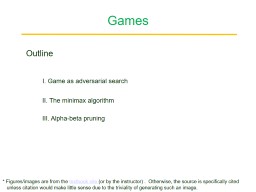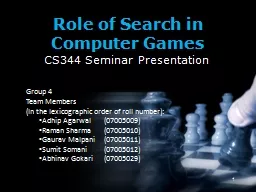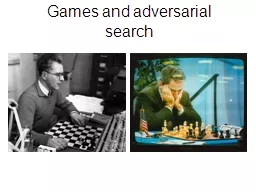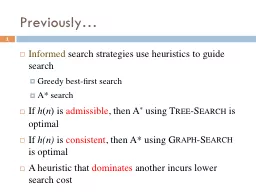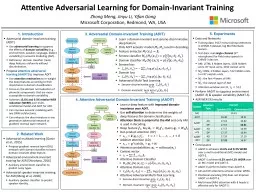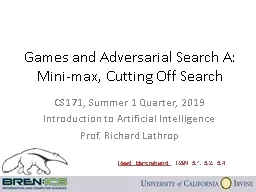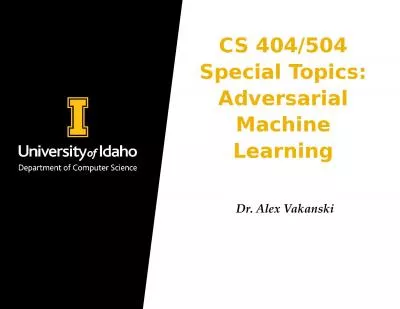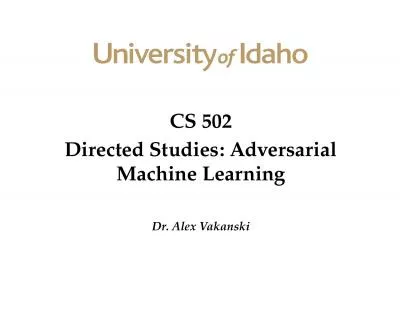PPT-Games Outline I. Game as adversarial search
Author : stella | Published Date : 2023-11-03
II The minimax algorithm Figuresimages are from the textbook site or by the instructor Otherwise the source is specifically cited unless citation would make
Presentation Embed Code
Download Presentation
Download Presentation The PPT/PDF document "Games Outline I. Game as adversarial sea..." is the property of its rightful owner. Permission is granted to download and print the materials on this website for personal, non-commercial use only, and to display it on your personal computer provided you do not modify the materials and that you retain all copyright notices contained in the materials. By downloading content from our website, you accept the terms of this agreement.
Games Outline I. Game as adversarial search: Transcript
Download Rules Of Document
"Games Outline I. Game as adversarial search"The content belongs to its owner. You may download and print it for personal use, without modification, and keep all copyright notices. By downloading, you agree to these terms.
Related Documents

